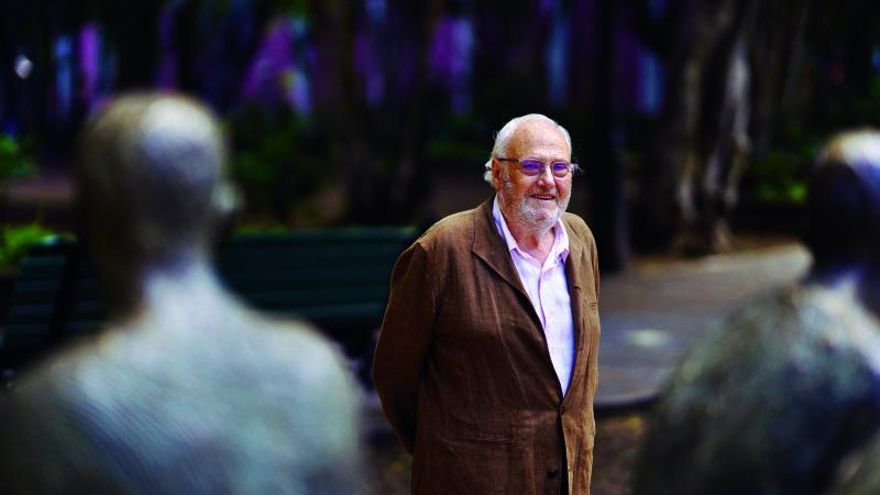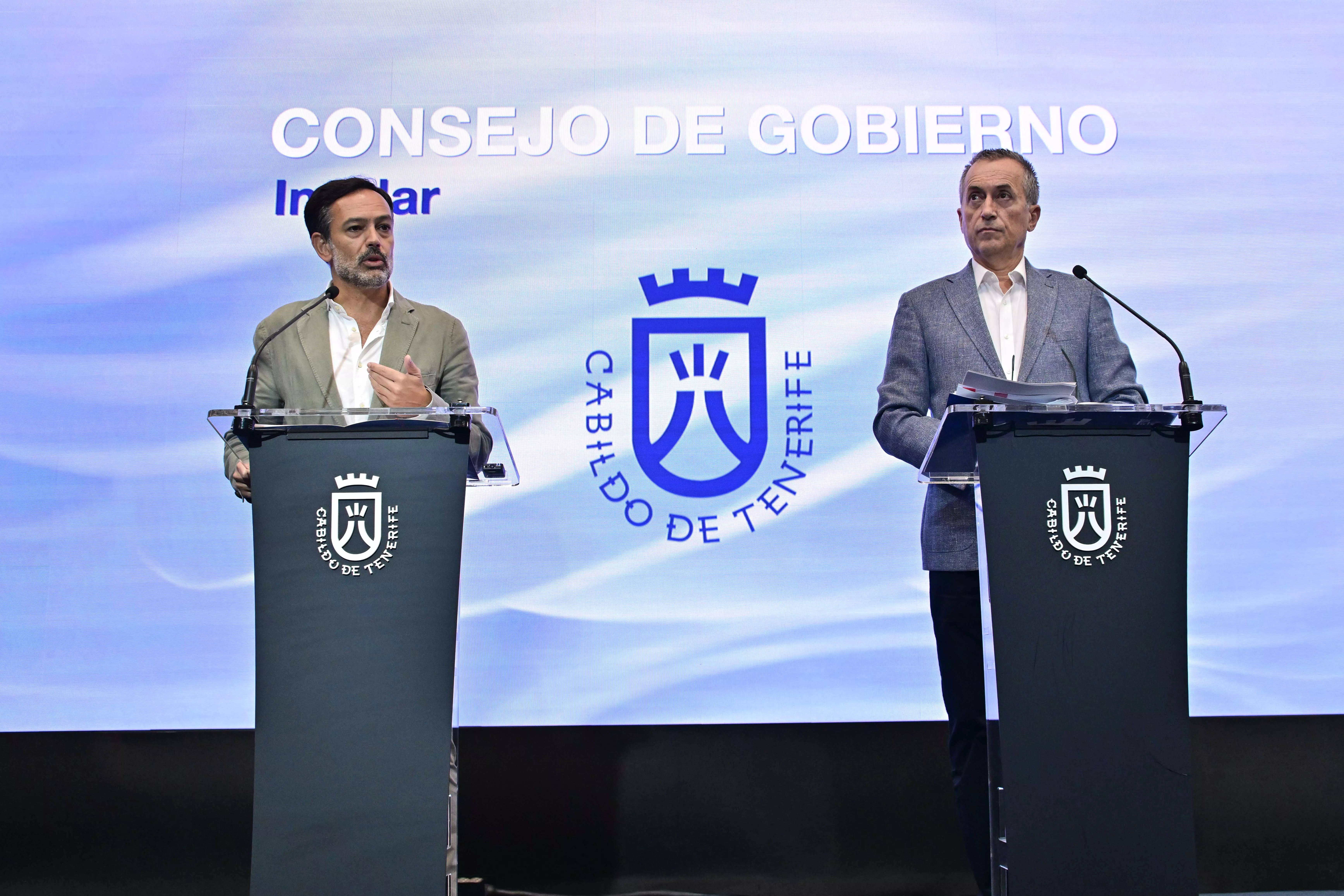
Saint José de Anchieta was the first Canarian writer in the Spanish language and also the author of the first epic poem in America, Already during his stay in Brazil, affirms the philologist Fremiot Hernández, who would like to study “what is of the canary, trace the writings of Father Anchieta to find what he took away with him” from his native La Laguna.
Fremiot Hernández, professor of Classical Philology at the University of La Laguna and who, shortly before the start of the pandemic, published a critical edition of Anchieta’s Letter on the natural history of Brazil, speaks in an interview with EFE about the need to review the work of Anchieta, born in Tenerife in 1534 and died in Reritiba in 1597.
He will also speak about Father Anchieta as the first Canarian writer in the Spanish language at an event in La Orotava (Tenerife) next Saturday, as part of the VI edition of the Cervantes Days organized by the Alisios Cultural Association, which will be followed by a concert by the Camerata Lacunensis on texts by José de Anchieta.
Anchieta’s production was not carried out in the Canary Islands, since he left Tenerife at the age of 14 and never came back. Everything he wrote was in Brazil and was published in different places, such as Italy, Portugal and Spain, such as Anchieta’s Grammar of the Aboriginal Language, published in 1595, Hernández details.
Most of Anchieta’s texts known to date have been published but, nevertheless, some still “wait for someone to study them”, and, in addition, some works are being revised, among them the epic poem dedicated to a Brazilian governor De gestis Mendi de Saa, older than the Araucana de Ercilla and which is undergoing a new critical edition with a Spanish translation in verse.
The philologist explains that Anchieta’s work is very varied, because although he was a Jesuit missionary and his writings are mostly religious, he also wrote about the flora and fauna of the region where he was found and a genus of plant bears his name. , Anchietea.
«One thing I would like is to study what is canary in Anchieta’s work, that is, to trace his writings and make an inventory of realities, images, even words that we could say: here we see something that the child José had to carry saved from his lagoon stage, ”he adds. And Anchieta was the first Canarian to write in Spanish because he was born on March 19, 1534, that is, four and a half years before the canon of the cathedral of Canaria Bartolomé Cairasco de Figueroa, to whom said merit was attributed.
In any case, it is in the 19th century when there is evidence of the presence of a work by Anchieta in the Canary Islands, stresses Fremiot Hernández, for whom Anchieta’s missionary work in Brazil is better known than his literary work, long forgotten, although , «Fortunately, the situation has changed and more and more people are interested in his texts, especially in Brazil».
Although the Brazilian Ediciones Loyola, which had been publishing Anchieta’s work since 1975, has interrupted the project, the texts published to date “are available to anyone who wants to investigate and deepen” their religious, historical and linguistic aspects, especially those that have been written in languages other than Spanish, since It must be taken into account that Anchieta wrote in four languages: Spanish, Portuguese, Latin and Tupi, the language of the Brazilian aborigines.
Fremiot Hernández also recalls that next June 9 will be the 425th anniversary of Anchieta’s death in the village he founded, Reritiba, in the Brazilian state of Espiritu Santo, but which is currently named City in his honor. Anchieta.
The Padre Anchieta cultural chair of the University of La Laguna, the oldest of the Canarian universities (it was founded in 1955), the Royal Society of Friends of the Country of Tenerife and the Institute of Canarian Studies are preparing conferences and events during the week that It runs from June 6 to 10 and there will also be the presentation of the work “The occasional poems”, a publication by the professor of the University of Córdoba Miguel Rodríguez-Pantoja.
The ‘canariño’ who defended the Brazilian aborigines
Sao Paulo, the largest city in Brazil (it currently has more than 12 million inhabitants), celebrated on April 2, 2014 the canonization of one of its founders, the Jesuit from Tenerife, José de Anchieta (1534-1597), declared a saint by a decree signed by Pope Francis. The former pope, John Paul II, said about him: “Young, full of life, intelligent, cheerful by nature, with an open heart and loved by all, brilliant in his studies at the University of Coimbra, José de Anchieta knew how to win the sympathy of his colleagues, who liked to hear him recite. Because of the timbre of his voice, they called him the canariño, thus recalling the song of the birds of his native island, Tenerife». The life and work of Saint Anchieta make him one of the most exciting characters in the history of the Canary Islands. Born on March 19, 1534 in La Laguna, Anchieta joined the Jesuits in 1550 and three years later he went to Brazil to the missions, in full colonization of the continent. He arrived in Salvador de Bahía, at that time the main Brazilian port. It was the beginning of a 44-year mission in which he would found the city of Sao Paulo and earn him a reputation for protecting the natives. Since his arrival in Brazil he stood out as a defender of the rights of the aborigines and mestizos for his appeals against the persecution of the Indians and the slave market.
















